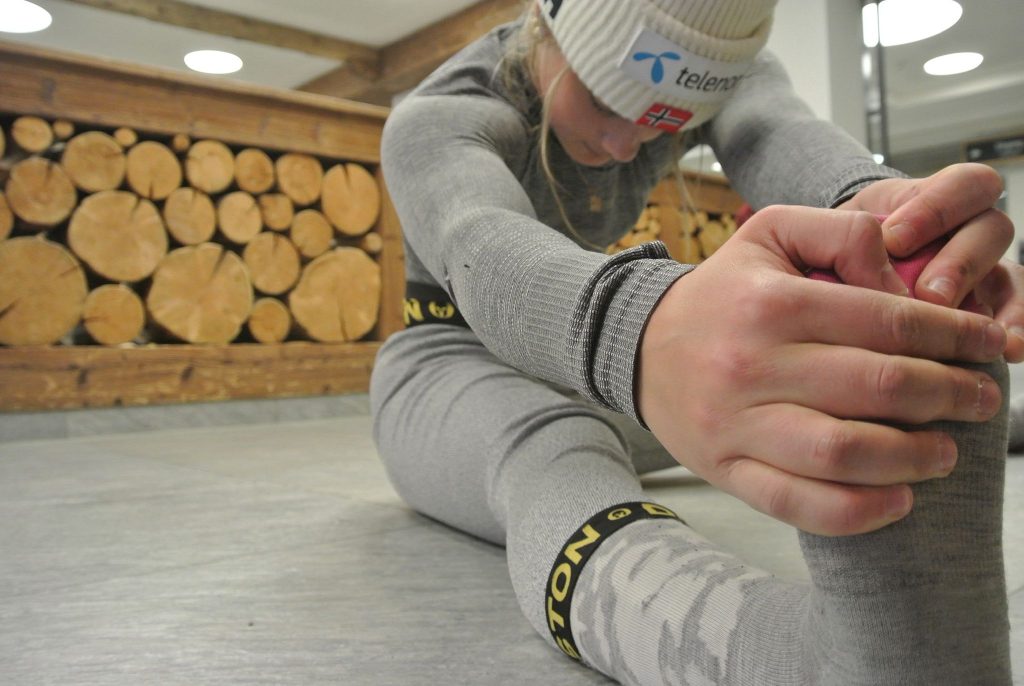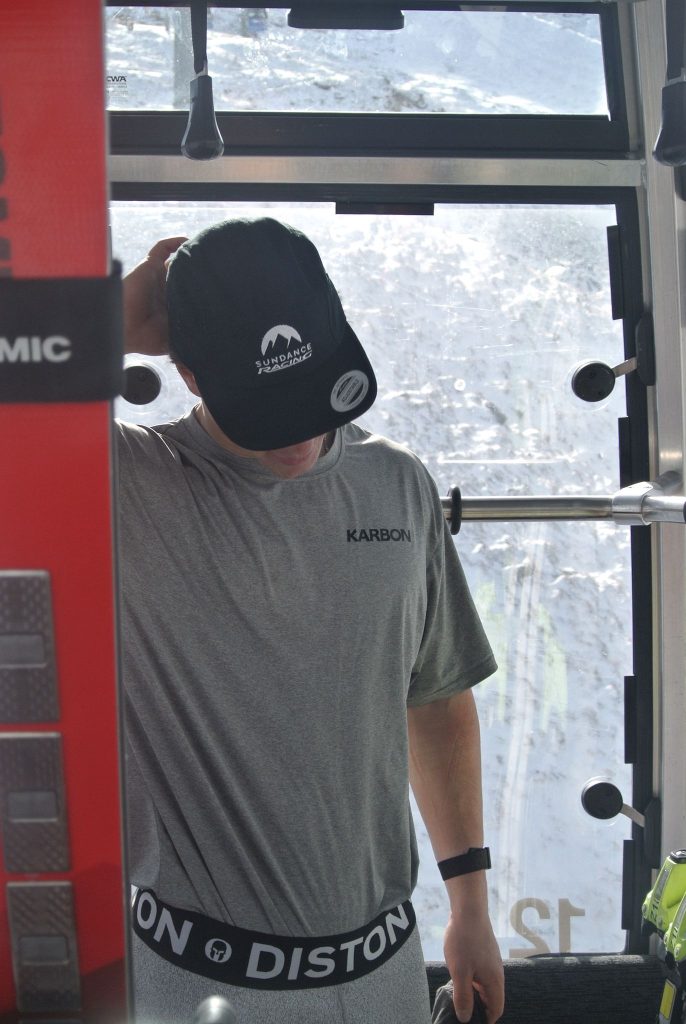Reducing the Risk: Changes in Protection in Alpine Ski Racing
Alpine ski racing is a sport defined by speed, precision, and skill—but like any high-performance activity, it carries some risk. High-speed crashes are a part of the sport, but can cause serious trauma to the body. One lesser-known but increasingly recognized risk is the potential for cuts or lacerations caused by contact with the sharp edge of a ski during a fall. FIS is making moves to address this.

Lacerations have been researched to be the third most common ski injury; these injuries have prompted greater awareness in recent years, with cases like Bode Miller and Aksel Svindal. In some cases, long extended recovery periods and time away from sport are needed. Similar incidents have been documented in other sports like ice hockey and speed skating, where sharp equipment can pose a risk during collisions or falls. In those sports, the introduction of cut-resistant protective gear—such as neck guards, gloves, and specialized clothing—has helped reduce injury rates and improve athlete safety.
Ski racing is now moving in the same direction. The International Ski Federation (FIS) currently strongly recommends the use of cut-resistant undergarments for all disciplines at all levels, Alberta Alpine agrees and aligns with the FIS recommendations. Beginning in the 2025/2026 season, these protective garments will become mandatory at the highest-level race categories, which include Level 0: World Cup, World Championships, Olympics, and Level 1: FIS Continental Cups, Universiade and FIS World Junior Championships.
The required equipment includes cut-resistant pants that meet a minimum 3-star protection rating based on the FIS-DITF standard, covering the area from the hip (iliac crest) to the top of the ski boot. These garments must be worn in accordance with the manufacturer’s specifications.
For the people who really want to get into technical detail, what does that 3-star protection rating really mean? In the testing process, garments are subjected to a sharpened ski edge, attempting to cut the garment at 0, 45, and 90 degrees for 200mm. For a 1-star rating, the garment would be able to withstand a ski cut with 100 Newtons of force, a 2-star rating with 200N, and a 3-star rating with 300N, up to a 5-star rating with 500N. Basically, the higher the rating, the greater the cutting force the garment will resist; however, the fabric required to create that cut rating will be stiffer.
FIS has also announced that it will be making airbag back protectors mandatory in World Cup and Continental Cup speed events. These smart devices have been tested and validated to ensure they deploy during a crash, protecting the torso and reducing injury risk. This has been pioneered by MotoGP, where airbags have been under development for a long time and successfully transferred to alpine skiing.
These changes reflect a broader effort to align ski racing with best practices in athlete safety. As the sport evolves, so too does the equipment designed to protect its participants. Encouraging the use of modern, cut-resistant materials and technology-backed airbags is a proactive step toward reducing risk and keeping athletes on snow, doing what they love.
https://pubmed.ncbi.nlm.nih.gov/35354392/
(Caution graphic images of ski lacerations)
International Rules of Competition (ICR)
SPECIFICATIONS FOR COMPETITION EQUIPMENT
